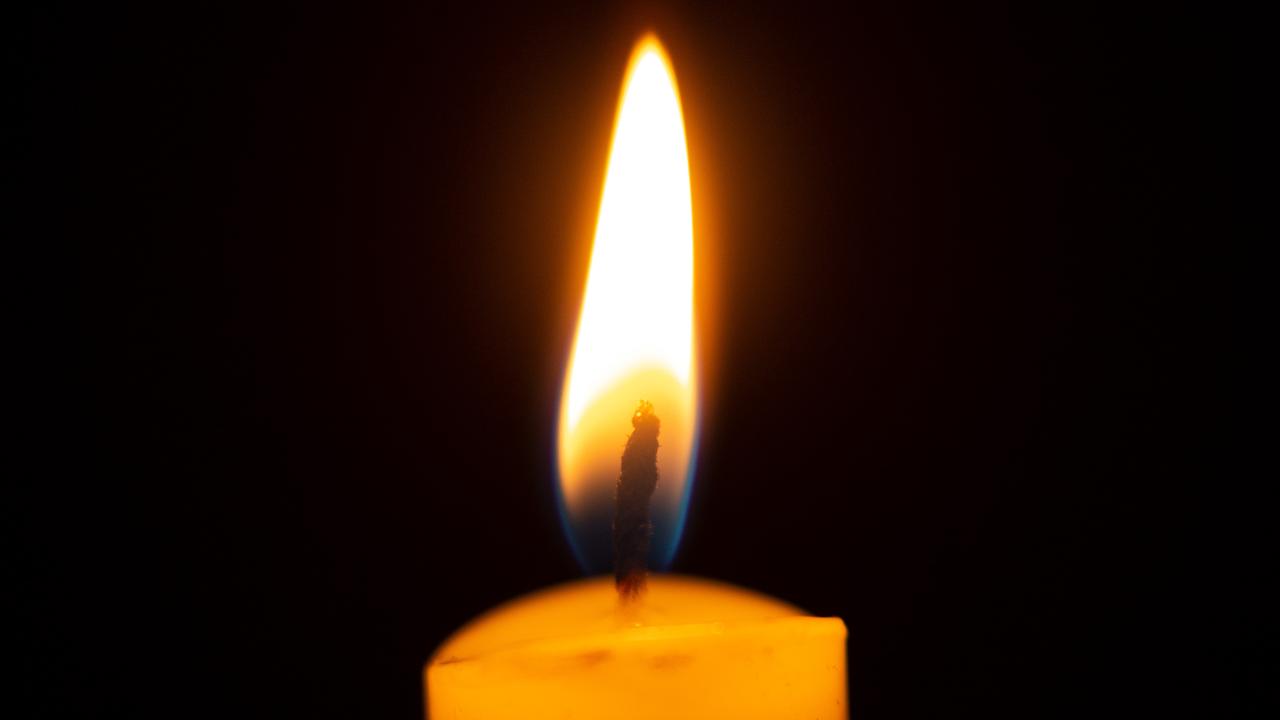Australia’s unlikely WW1 history in Malta where ANZAC troops enjoyed respite, recreation and rehabilitation
A LONG-forgotten relic that was part of the story of the original Anzacs is in danger of being lost to history unless money can be found to save it.

ANZAC Centenary
Don't miss out on the headlines from ANZAC Centenary. Followed categories will be added to My News.
TEARS well in Lino Camilleri’s eyes and he looks up from his cappuccino and toward the Mediterranean Sea to blink them away.
“You make me cry remembering these old stories,” the 93-year-old Maltese man says finally on a bright morning on the capital Valetta’s busy beachside cafe strip.
Lino loves a chat but he gets emotional and has to pause remembering his days in military service on the tiny southern European island that was the most bombed country per land mass of all Europe during the Second World War.
He recalls the friends he lost, the future wife he gained (having met her in an air raid shelter) and the joy he felt with the Luftwaffe failing to destroy Australia Hall.
The story of the large sandstone edifice is well known on the island and forms a critical part of the ANZAC Gallipoli story and the bond today shared between Malta and Australia.
But not only is its story barely known in Australia — it now is at risk of disappearing
both physically and from living memory from the likes of Lino.
The hall, built for the 1915 Gallipoli campaign, survived military service in WW2 but is today a shell of its former self with no roof, a suspicious gutting fire and developers now circling its prime location on the corner of ANZAC Street and Alamein Street on the northern coastal tip of Malta.
This year, on the centenary of the Gallipoli campaign, the Australian Government is hoping to gain financial support to bring the military hall back to its glory.
It was built as an entertainment and recreation hall for convalescing Aussie and Kiwi troops in November 1915.
By the end of the war almost 58,000 Anzacs from the Gallipoli campaign were taken to Malta — 4000 alone in May 1915 after the first week of the landings — to be treated for various wounds.
The hall and extensive gardens, then surrounded by a number of field hospitals and their barracks, was built for the men as they recovered and could be returned to the frontline.
The chiselled distinctive Australian Coat of Arms is still there, as is a stone declaration it was built on donations from the public believed to be predominantly from NSW.
Building inspectors reckon the sandstone block walls and portals are sound and now even the original blueprints have been found for the building and 6000sqm grounds.
But restoration is likely to be in the millions of dollars.
The building was owned by the Maltese Labour Party, after it was handed the property by the Malta government in 1979; some months later a fire, the cause of which police were unable to determine, gutted the heritage listed building.
It has remained derelict ever since and last year was sold to private developers for AUD$860,000 by Labour to pay off its party debts.
According to local real estate agents and property groups the sale was below the market rate expected to be worth at least AUD$17.8 million.
The Australian Government has yet to step in financially but has made it clear it would like to have the building restored as a meeting or conference centre as a continuing memorial to the thousands of Anzac troops who used the hall.
Final decisions are not expected to be made for some months.
The Australian High Commissioner to Malta Jane Lambert told News Corp Australia she would like to see the building restored as a place for the community to use.
She said the fact it was built on Australian donations at the time of the Turkish campaign was indicative Australians at the time understood its worth.
“I think it has a very strong place in the history of the Gallipoli and the ANZAC story but perhaps it has been a story that has not been well known,” she said.
“That is quite surprising even when you consider just the statistics. There were about 55,000 troops from the Gallipoli campaign brought to Malta for care, so it is surprising their experiences here were not recorded or understood in any way outside the local Maltese community. The 100th anniversary of the Gallipoli campaign and also the centenary of the First World War is a time for reflection and looking back in history and making sure we haven’t forgotten the important things that need to be remembered.”
Malta Heritage Trust chairman Mario Farrugia also wants restoration, whether by the new developers or the Australian Government through a trust arrangement.
He said there had been about 800 Maltese volunteers who went to Gallipoli as muleteers or to dig the trenches and some even fought within the Australian ranks or worked as stevedores unloading the ships. There are about 300 Anzacs buried in Malta, dying from wounds suffered in Gallipoli.
“I think there are so few of the lasting physical links between our two cultures, it would be a shame if something was not done,” he said.
“With a degree of effort and determination you could get it back to what it was.”
Former Private Camilleri — who was awarded an MBE by the Queen in 1990 for services to the Crown as head of the British Legion in Malta as well as representing Australia’s RSL — recalled the heyday in 1941 when as an 18-year-old he was posted to the barracks beside the hall for three years.
As a member of the Royal Army Pay Corp he was not a direct combatant, but was tasked with defending the barracks and the hall that most locals knew had a special role in the Great War.
He recalled the stage productions and entertainment for the Australian and British troops at Australia Hall.
“It was a colourful time even though the windows were blacked out, inside it was well lit and everyone would have a good time until the sirens went and we had to go to the shelters or slit trenches,” he said.
“The seating capacity was for 1000 and it was a one and only, very popular place for servicemen. It is very important for Australia and I hope something is done. It is sad to see it how it is now.”
See also our ANZAC to Afghanistan 100 years of Untold Stories online special feature.
Originally published as Australia’s unlikely WW1 history in Malta where ANZAC troops enjoyed respite, recreation and rehabilitation


